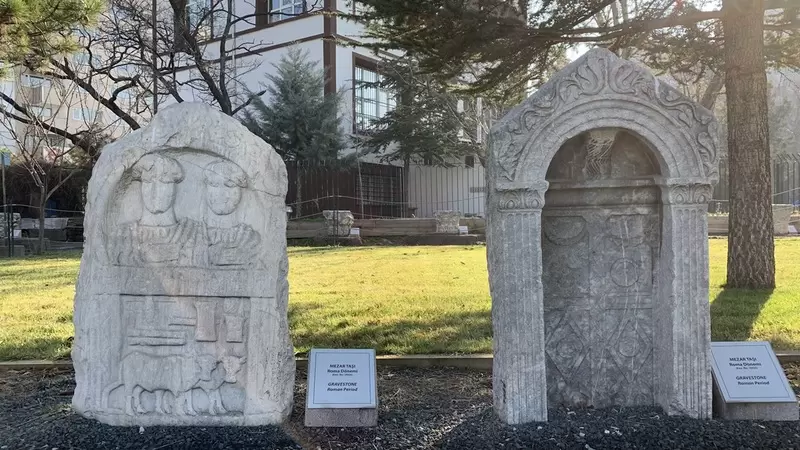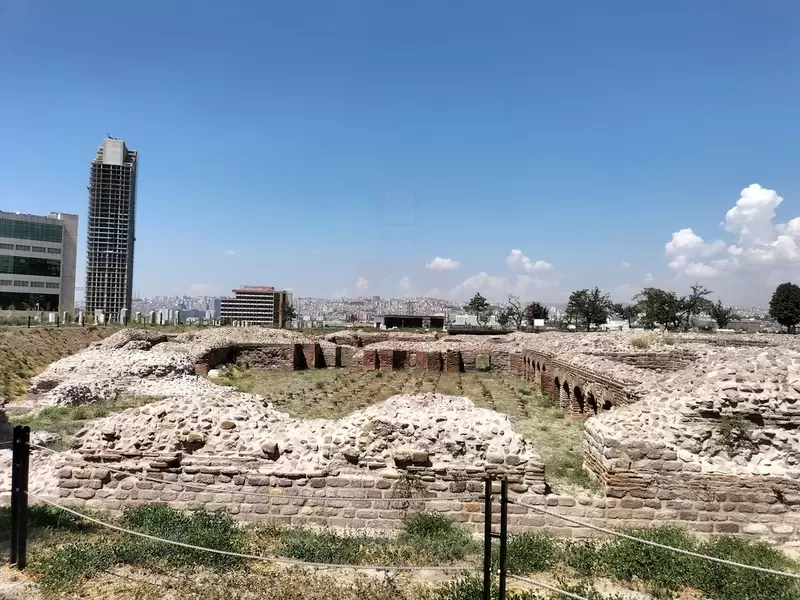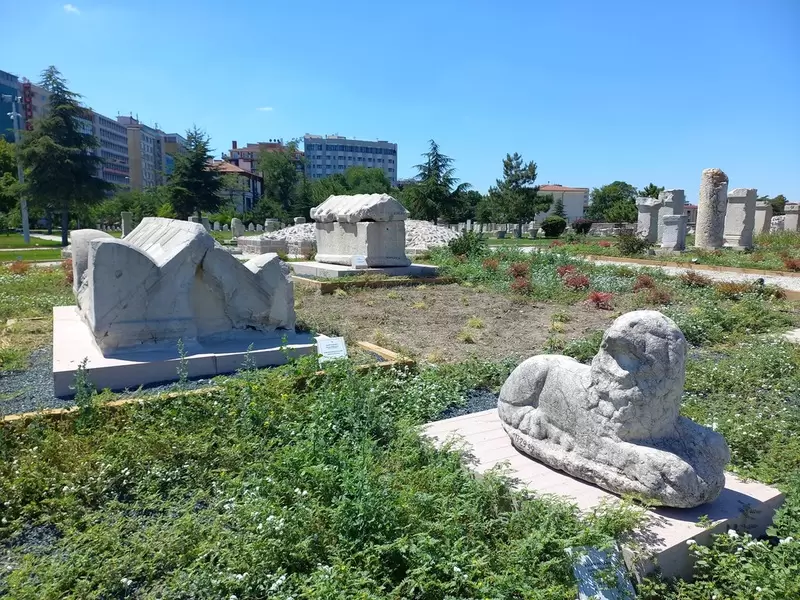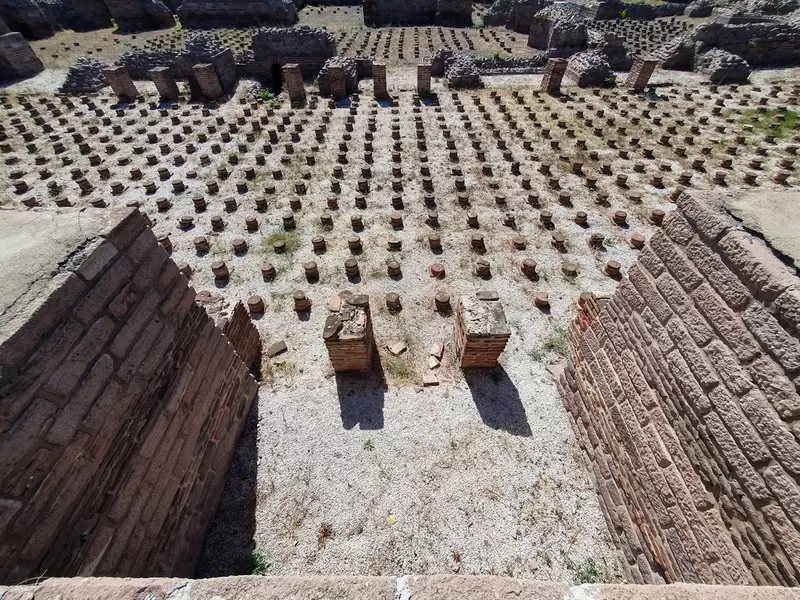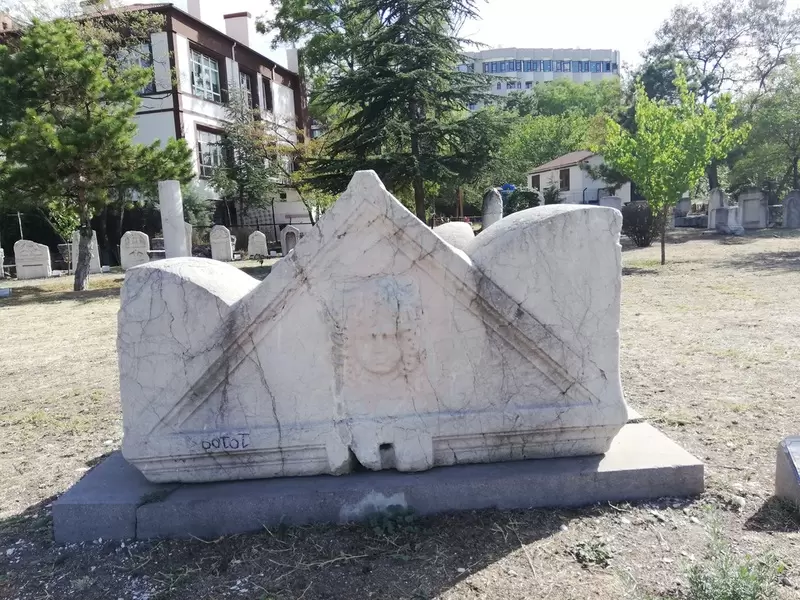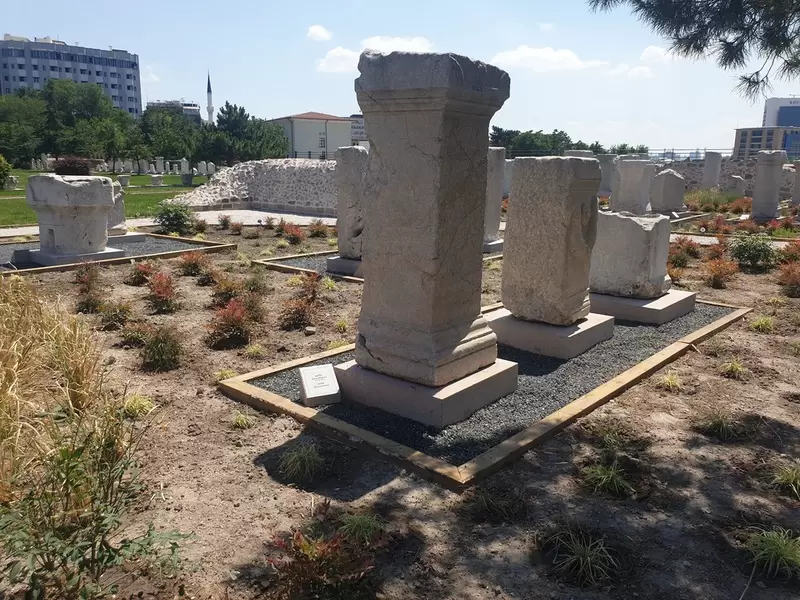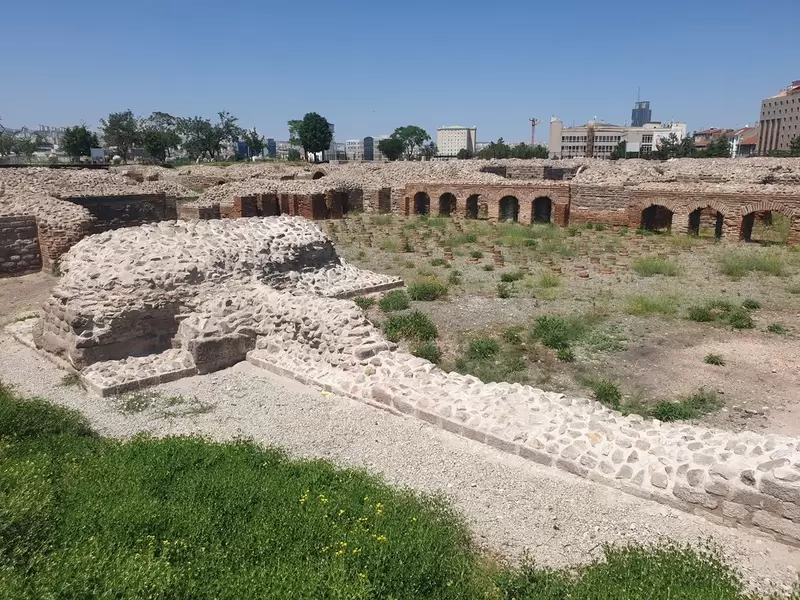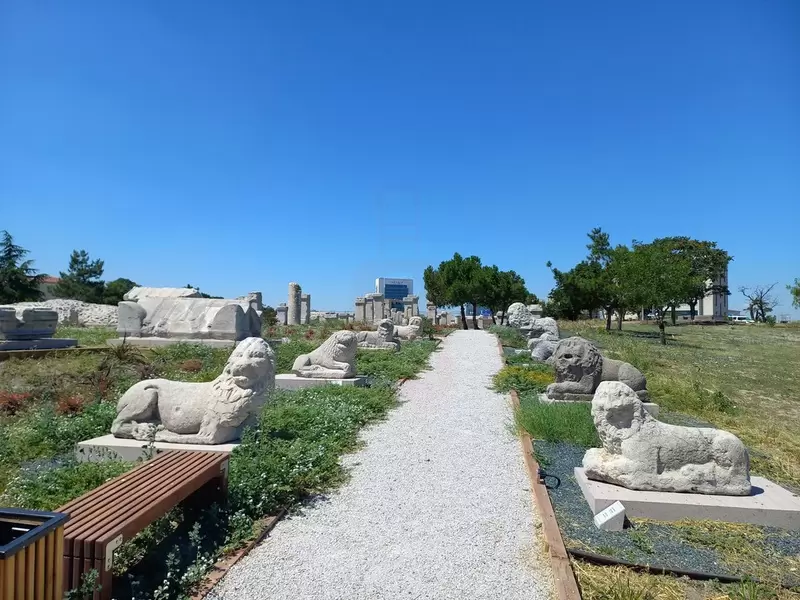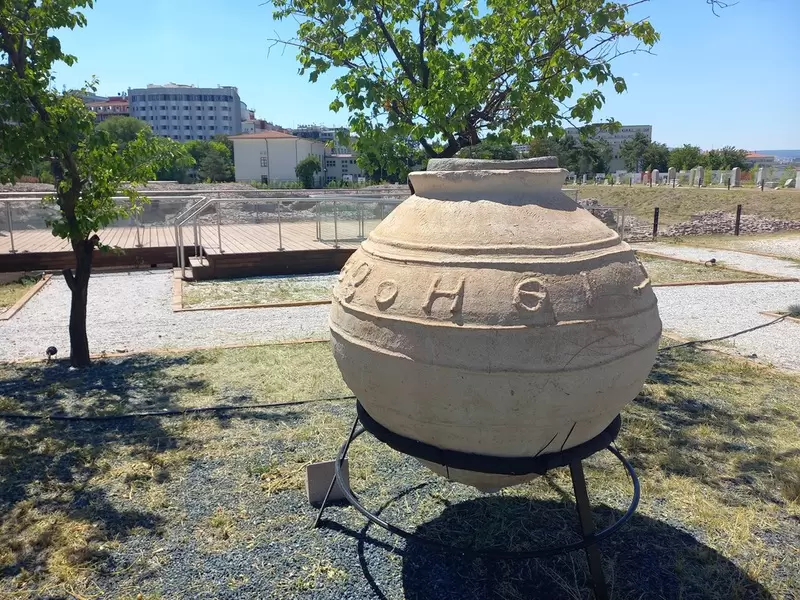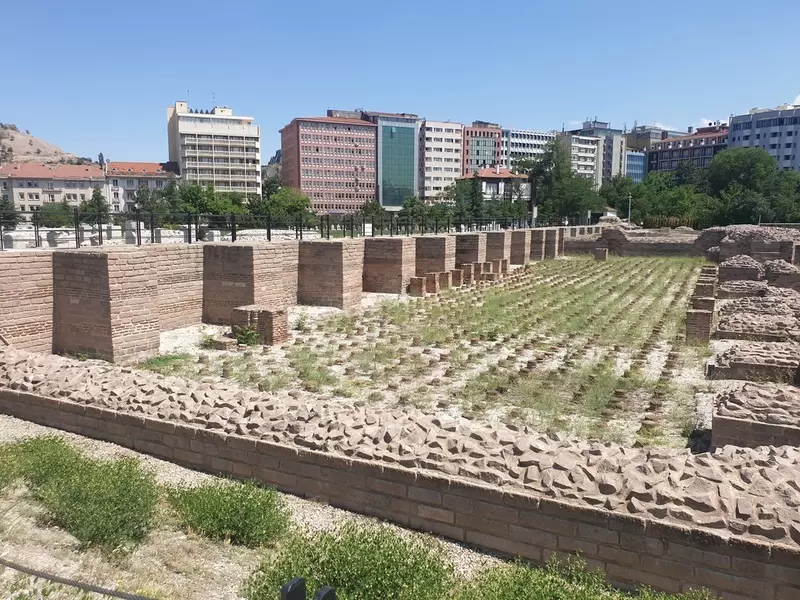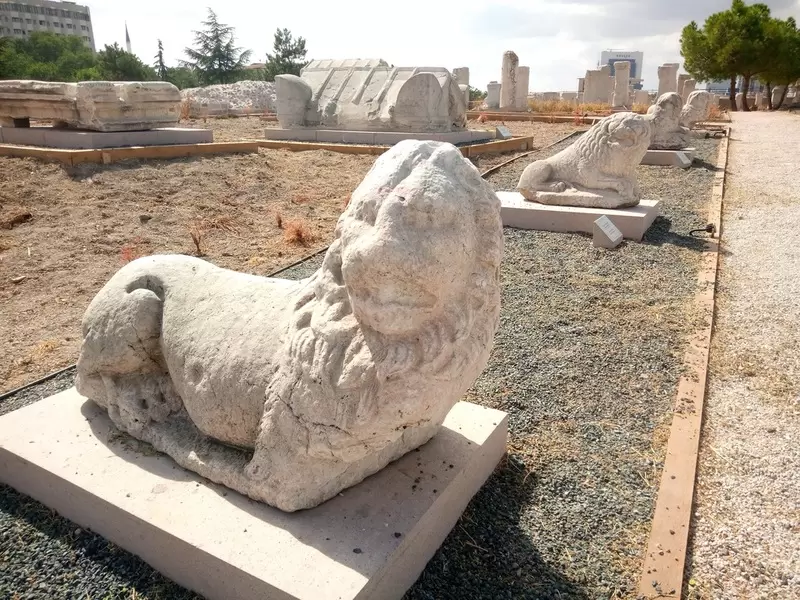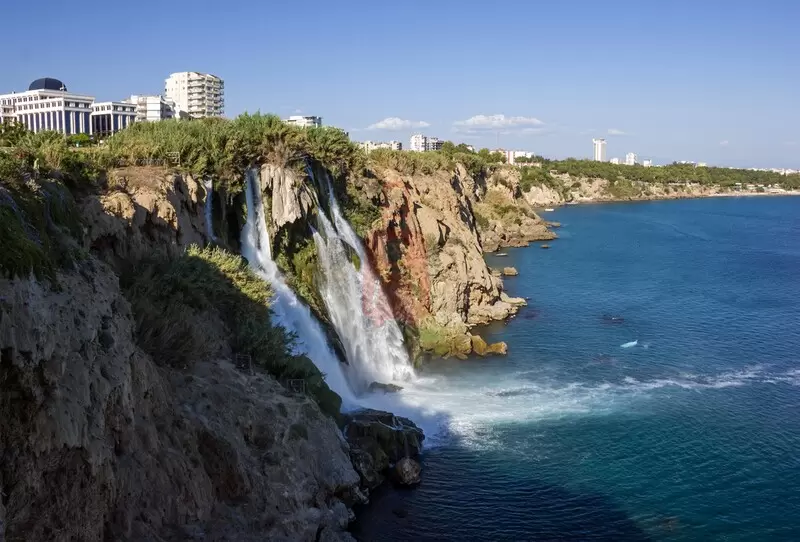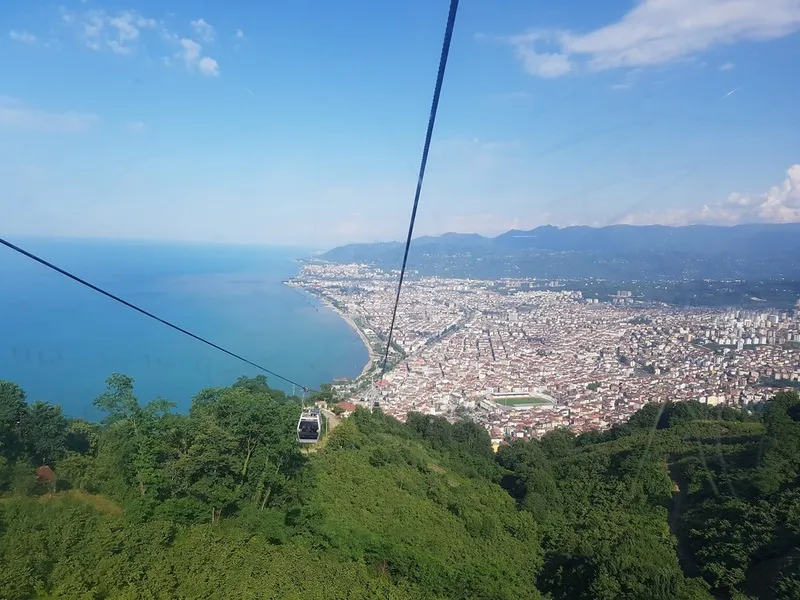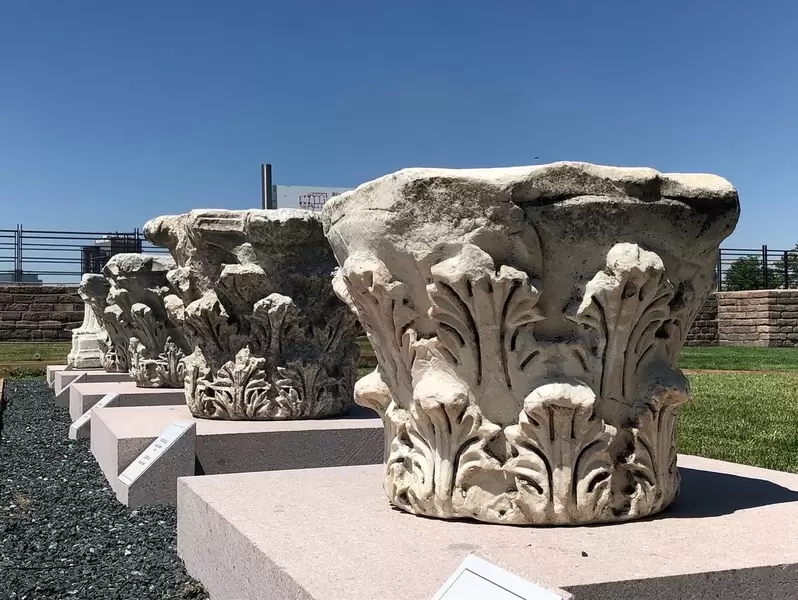
The Roman Baths of Ankara (Turkish: Ankara Roma Hamamı) are the remains of a Roman bath complex located in the Ulus district of Ankara, Turkey. The baths were built in the 2nd century AD, and were used until the 5th century AD. The baths were excavated in the 1930s, and are now open to the public as a museum. The baths are a large complex, and include a cold bath, a warm bath, and a hot bath. The cold bath is the largest, and is surrounded by a colonnaded courtyard. The warm bath is located to the north of the cold bath, and the hot bath is located to the south. The baths are decorated with mosaics, sculptures, and inscriptions.
The Roman Baths of Ankara, also known as the Roman Bath Complex or the Baths of Antoninus, are ancient ruins located in Ankara, the capital city of Turkey. Here is some information about the Roman Baths of Ankara:
1. Historical Significance: The Roman Baths of Ankara date back to the 3rd century AD and are believed to have been built during the reign of the Roman Emperor Caracalla or his predecessor, Emperor Marcus Aurelius Antoninus. The baths served as a social and cultural center for the ancient Roman city of Ancyra, which is present-day Ankara.
2. Architecture and Layout: The Roman Baths of Ankara were constructed using typical Roman bath architecture. The complex is made up of several interconnected sections, including the frigidarium (cold room), tepidarium (warm room), caldarium (hot room), and various smaller rooms and chambers. These baths were designed to accommodate large numbers of people and provide them with bathing facilities and amenities.
3. Excavation and Restoration: The ruins of the Roman Baths were discovered during excavations in the 1930s and have since undergone restoration and preservation efforts. The archaeological site offers visitors a glimpse into the grandeur and sophistication of Roman bathing practices.
4. Features and Artifacts: The Roman Baths of Ankara exhibit various architectural features and artifacts that provide insight into the daily life and culture of the Roman period. These include remnants of the hypocaust heating system, marble decorations, mosaic floors, and statues. Some of the recovered artifacts are on display in the nearby Museum of Anatolian Civilizations.
5. Visiting the Roman Baths: The Roman Baths of Ankara are open to visitors who are interested in exploring the historical site. Visitors can wander through the excavated ruins and observe the architectural details and archaeological remnants. Informational signs and boards are placed at the site to provide historical context and explanations.
6. Location: The Roman Baths of Ankara are situated in the Ulus district of Ankara, near the Haci Bayram Mosque and the Museum of Anatolian Civilizations. The site is easily accessible and can be reached by public transportation or on foot from various points in the city.
When planning a visit, it's recommended to check the opening hours and any admission fees, if applicable, as they may be subject to change. Additionally, guided tours or audio guides may be available to enhance the visitor experience and provide additional historical insights.
